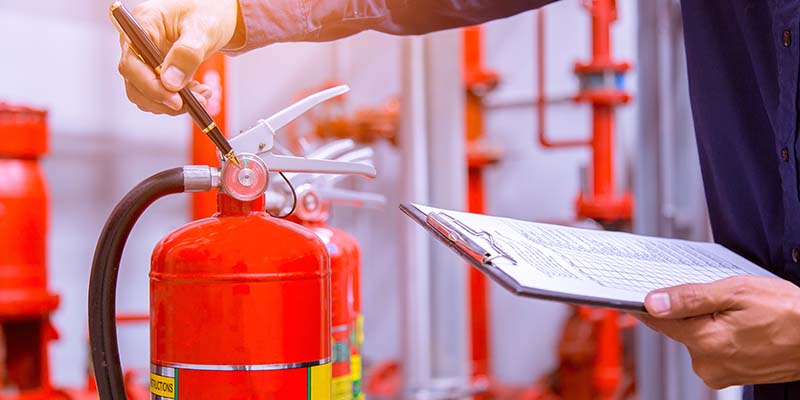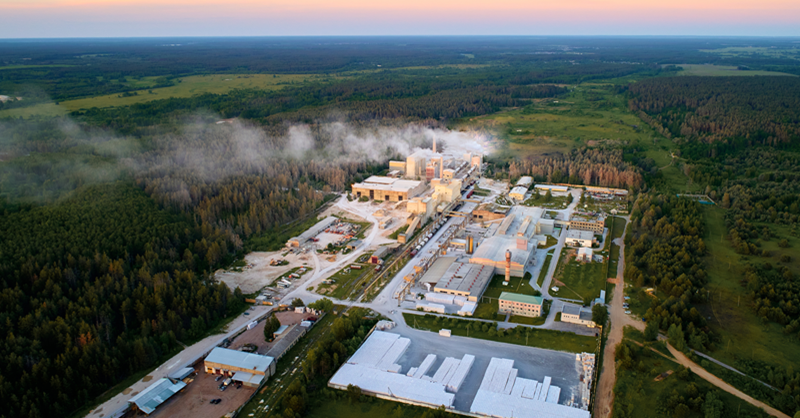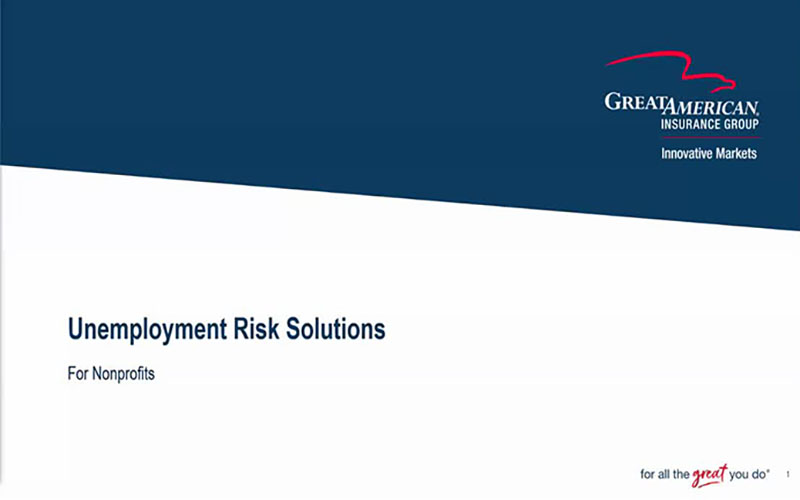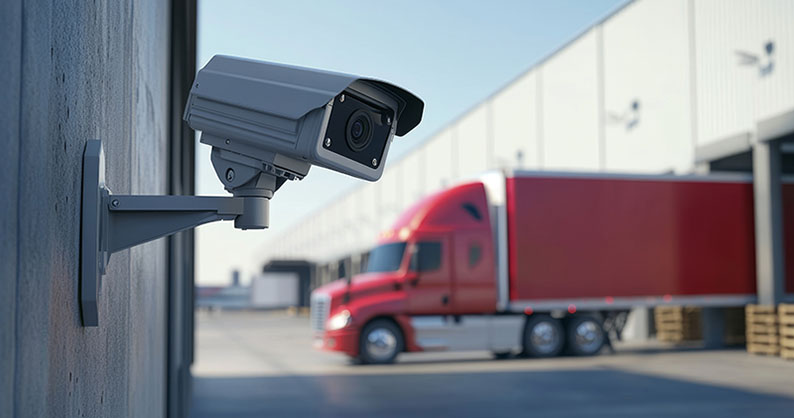Fire Safety Assessment for Your Construction Site

Does your construction site contain potential fire hazards that could have a devastating impact on your workers, the success of your project and ultimately your business?
Fire exposures vary based on the type of building construction, the size of the facility and the operations involved. Taking the time to implement proper fire safety precautions based on your construction project can help prevent injury and loss of life, as well as costly structure, equipment and supply damages.
Contactors should ask themselves the following questions as a first step in identifying potential fire risks unique to their construction, renovation and/or demolition projects:
Facility Design and Construction
- Is the facility in compliance with local building and fire prevention codes?
- What is the date of the last inspection of the facility by the local fire department?
- Have any renovations and/or alterations been made since the last inspection?
- Are concealed spaces properly fire stopped or otherwise protected?
- Are there fire exposures from adjacent buildings or structures?
- Are firewalls or fire barriers used to separate boiler rooms and storage rooms from each other and all other spaces?
- Are fire exits readily accessible?
Building Services
- Does the electrical system appear to be in good working condition?
- Is the electrical system adequate to handle the expected loads?
- Are electrical appliances that are used in areas where flammables are stored or dispensed listed/approved for such use by a nationally recognized testing laboratory, such as Underwriters Laboratories Inc. (UL)?
- Is electrical equipment that is used in wet areas, such as restrooms and outside locations, provided with ground fault protection, including the use of isolated power supplies?
- Is gas and oil-fired equipment maintained according to the manufacturers’ recommendations?
Fire Suppression and Alarm Systems
- Is the building protected by a fire alarm system that provides both manual and automatic initiation devices?
- Are fire suppression and alarm systems covered by maintenance and service contracts?
- Are fire extinguishers properly maintained?
- Are employees trained on the use of portable fire extinguishers?
- Is there a sufficient number of listed/approved portable fire extinguishers and are they properly located, as required in NFPA 10, Standard for Portable Fire Extinguishers?
- Does the building have a sprinkler system that is installed and maintained in conformance with NFPA 13, Standard for Installation of Sprinkler Systems, published by the National Fire Protection Association (NFPA)?
We offer Automatic Sprinkler & Life Safety Plan Reviews as part of our service offerings to agents appointed with Great American, as well as policyholders. With a National Fire Protection Association (NFPA) Certified Fire Plan Examiner on staff, we can review new construction, renovation, or existing building blueprints to approve automatic sprinkler protection and life safety/emergency egress plans.
Storage Practices
- Does the storage of commodities comply with the applicable requirements of NFPA 230, Standard for the Fire Protection of Storage?
- Are flammable liquids stored in a protected area that is separated from the rest of the facility?
- Are flammable liquids stored in containers that are listed/approved for such use?
- Are corrosive liquids stored separately from flammables, either in corrosive liquids’ cabinets or in a room specifically designed for that purpose?
- Is access to above-ground fuel storage tanks restricted by fences or other barriers?
- If blasting operations are performed, are explosives stored according to recommended practices?
- Are pesticides stored separately from fertilizers?
- Are mulch and wood chips protected from moisture and provided with adequate ventilation?
- Are compressed gases stored on site?
Operations
- Are good housekeeping practices followed, including routine cleaning of dust over 1/8 in (3.18 mm) in depth from all surfaces?
- If smoking is allowed on the premises, is it restricted to certain areas?
- Is gasoline-powered equipment, such as a generator and heating equipment, used?
- Is proper bonding/grounding provided before transferring flammable liquids into portable containers or equipment fuel tanks?
- Is materials handling equipment in good working order?
- Is a hot-work permit system required for all cutting, welding and soldering operations?
- Are tar kettles provided with self-closing lids and automatic thermostatic shutoff valves, intended to prevent overheating?
Emergency Preparedness
- Is there an emergency action plan for the facility?
- Is an emergency response coordinator designated to develop and implement a plan to contain and clean up, following accidental releases of hazardous materials, such as tar and fuel oil?
- Do employees check the exit doors and exit paths daily to ensure egress during an emergency?
- Are emergency evacuation drills conducted on a semi-annual basis?
Incendiarism and Arson
- Are all exterior areas of the business property illuminated?
- Are exterior doors and windows of the business property secured from unauthorized access?
- Is the perimeter of the property protected by a fence?
Fire Safety Videos
The best way to prevent destruction, construction delays, injuries, and increased expenses is to make sure everyone on your construction site knows how to identify potential hazards. Great American policyholders have access to a safety video library with over 800 training programs that can be shared across your organization - including fire safety videos, property management courses and more.
Start Streaming Today







.jpeg?sfvrsn=dbf923b1_1)




.jpeg?sfvrsn=c50521b1_1)
